Date: 2 May 2019 / League: Polish Cup Final
Final Score: 1-0 / Attendance: 44,000
In A Nutshell
Modern football meets old school antics inside Poland’s stunning national stadium.
Stadium
If ever you wanted to know what half a billion euros could have bought you in 2012, then the answer rests in Warsaw. Delivered in the nick of time for the Euro championships, Poland’s national stadium cost exactly that – constructed using enough steel for 64 jumbo jets, this basked-shaped amphitheatre has become one of the signature landmarks of modern day Warsaw. A triumphant sign of a city looking forward.
Looking at its best when lit up at night in the red and white colours of Poland, key elements include a retractable PVC roof that copped much mockery when the stadium’s operators forgot to deploy it for a storm-hit match against England.
Nevertheless, cock-ups aside, it remains a grand and mighty place. Holding 58,000, it’s short-life span has already seen appearances from some of the biggest bands in the world – perhaps most famously, the Rolling Stones – to the glee of many, they used their gig to protest against the government’s determination to recalibrate the domestic rule of law.
The Old Days
Today’s stadium stands on the site of the former Stadion Dziesieciolecia. Opened in 1955 to coincide with the tenth anniversary of the establishment of Communist Poland, Dziesieciolecia was a typical, Eastern European open bowl built from tons of war rubble ferried over from the city’s opposite side. Previously, and prior to the Holocaust, the plot was home to a pre-war Jewish team called Makkabi Warszawa.
Beyond footballing reasons, Dziesieciolecia gained notoriety when a lad by the name of Ryszard Siwiec set himself ablaze to protest against the Soviet invasion of the Czechoslovakia in 1968. Fifteen years later, Pope John Paul II held a mass here for 100,000 people, and as boring as the religious stuff might sound to some, for Poles this was one of those keystone moments that helped unify the country in its battle against Communism.
But sod all that. After the Iron Curtain collapsed, for nearly 20-years this whole place became a crazy, mad market that came to represent the essence of Wild East capitalism. Known as Europe’s largest outdoor bazaar, by the time I arrived in Warsaw the whole area had been swamped by hundreds upon hundreds of traders selling absolute crap. There was even a peep show in a battered old bus.
“Go there to buy a gun or a fake passport,” I was told. Instead, I came away with a pirate copy of Catch Me While You Can weeks before it hit the cinema. When I played it, I found it’d been dubbed into Bulgarian.
Matchday Experience
All that remains from the old days is a Socialist Realist statue of three relay racers poised on a plinth outside the main entrance. Otherwise, it’s the full on modern-day big match experience replete with popcorn and giant mascots wandering the stands and groping women (only kidding, Eagle man!).
The accent on ‘family’ was especially pronounced given that I was sat in a designated neutral zone filled with kids and fair weather supporters enjoying their big day out – that said, that had little effect on the atmosphere.
Sporadic incidents beforehand and stringent searches meant that Lechia’s end didn’t fill up until well after half-time, but in that time Jagiellonia’s fans had filled any gap in the atmosphere with a spectacular flag drop and their own rousing backing. With their end presenting a sea of stripey shirts, it wasn’t unlike staring into a Where’s Wally picture.
Things ratcheted a level up once Lechia were finally allowed to enter the stadium, and both sides engaged in the cup final tradition of exchanging ‘frames’ – coordinated displays of pyro and flag drops. Very much an established part of the final, these have assumed such importance that internet polls are held to vote on the best – to some fans, winning this is as important as the cup.
And speaking of that, it was Lechia that won it. Having had a last minute goal disallowed, they continued pouring forward to clinch the match in the sixth minute of injury time. Cue bedlam.
This was my first (and only) Polish cup final, so I can offer no comparisons, but I’m told this was tame when benchmarked against others. Personally mind, I ain’t complaining – a fabulous day out.
Tickets
These are by no means the biggest sides in Poland, but they’re not a huge distance off – especially Lechia. Taking that into account, scoring a ticket via official means (the PZPN website at pzpn.pl) was a painless and straight-forward affair. I bagged mine with little less than a week till kick-off, paying PLN 40 (GBP 7.50) for a place in the neutral section to the side – an absolute bargain.
Getting There
The National Stadium in Warsaw is dead easy to get to – from the city centre, it’s just across Poniatowski Bridge. Be warned though, what looks like a simple walk on a map goes on for absolutely ever when done on foot. Save yourself the trouble and zip over on the tram instead.
Make Mine A Pint!
When the mercury rises, do what the rest of Warsaw does and drink on the revamped riverfront boulevards. Named by the Guardian as one of Europe’s top riverside scenes, the energy is infectious. Out of summer, the choice is rich in the center, though practically the first stop after crossing the bridge lands you at the doors of Cuda Na Kiju facing the city’s iconic plastic palm tree.
Opened as the city’s first craft beer bar in 2012, its modern interiors contrasts with the building’s history – for decades this was the country’s Communist Party HQ, and as such held the offices of the political elite.







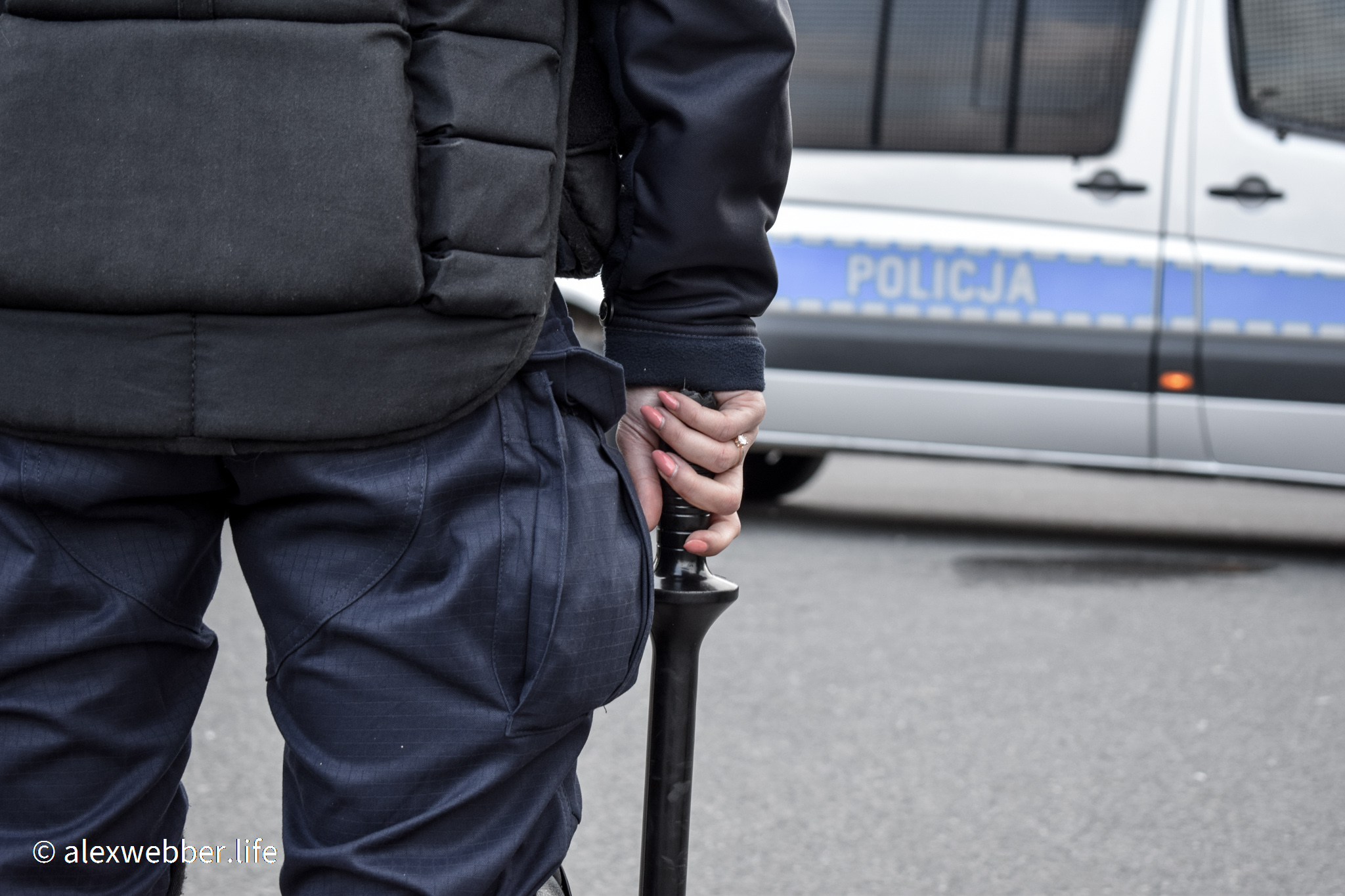
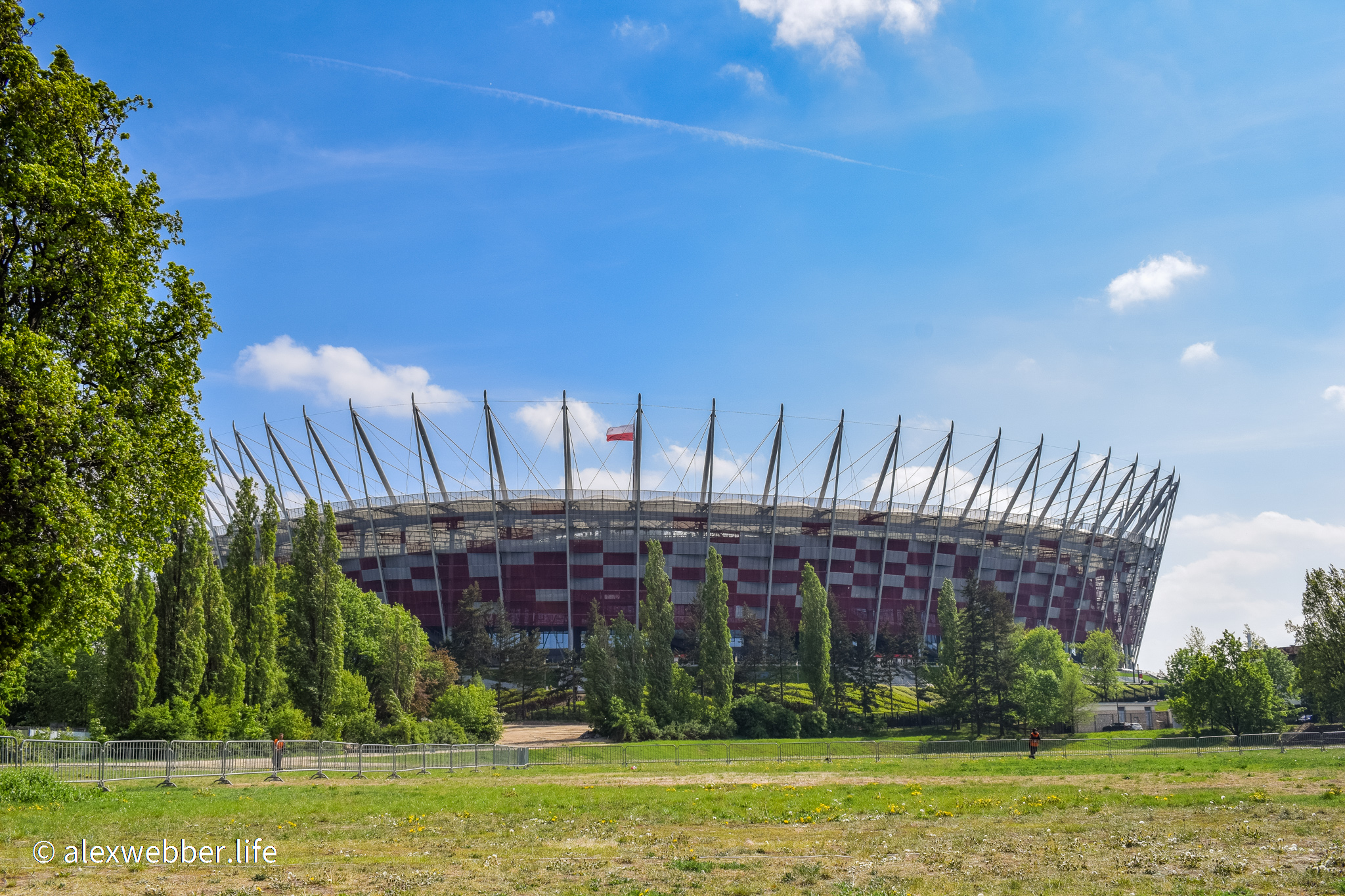


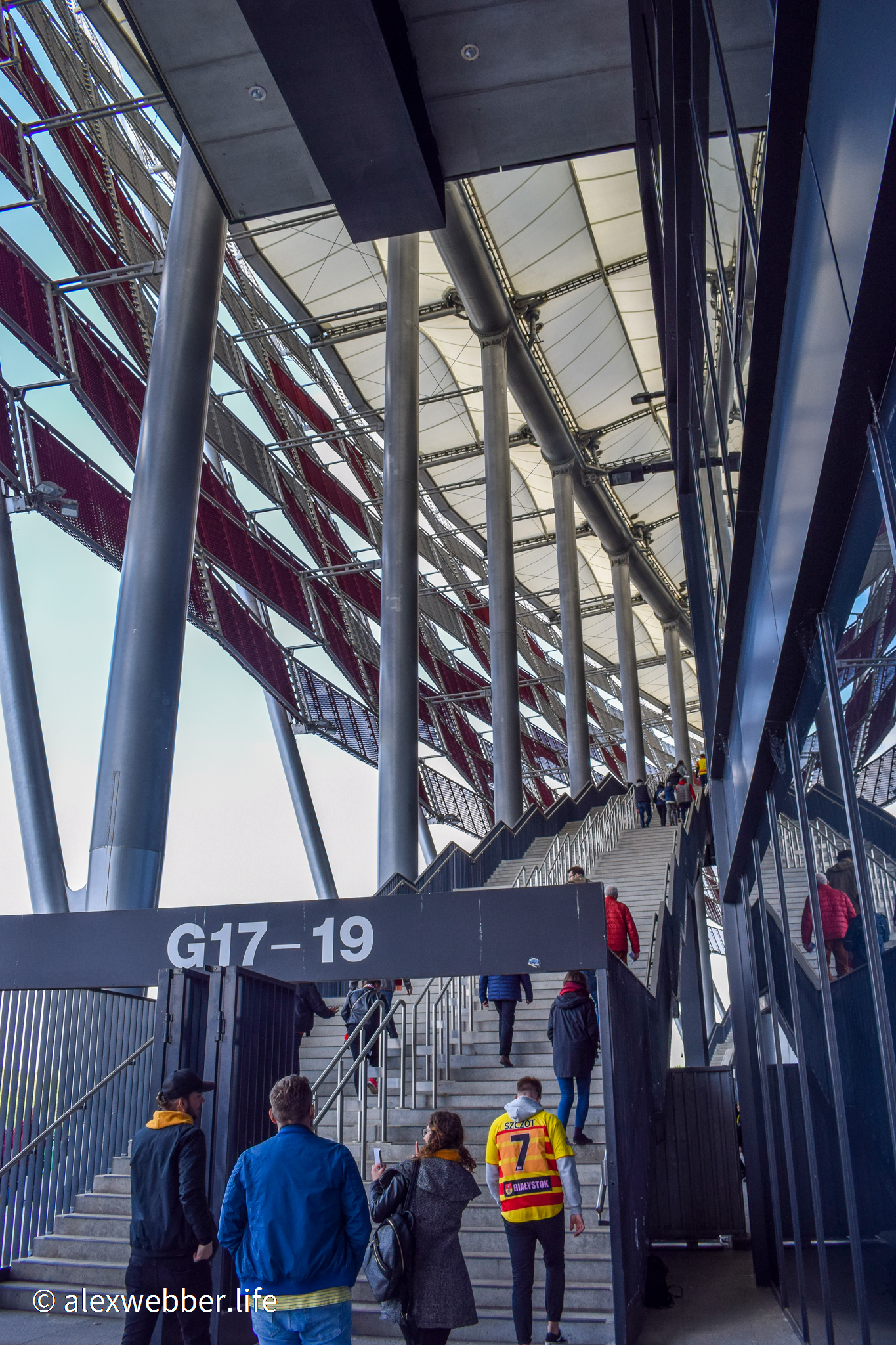
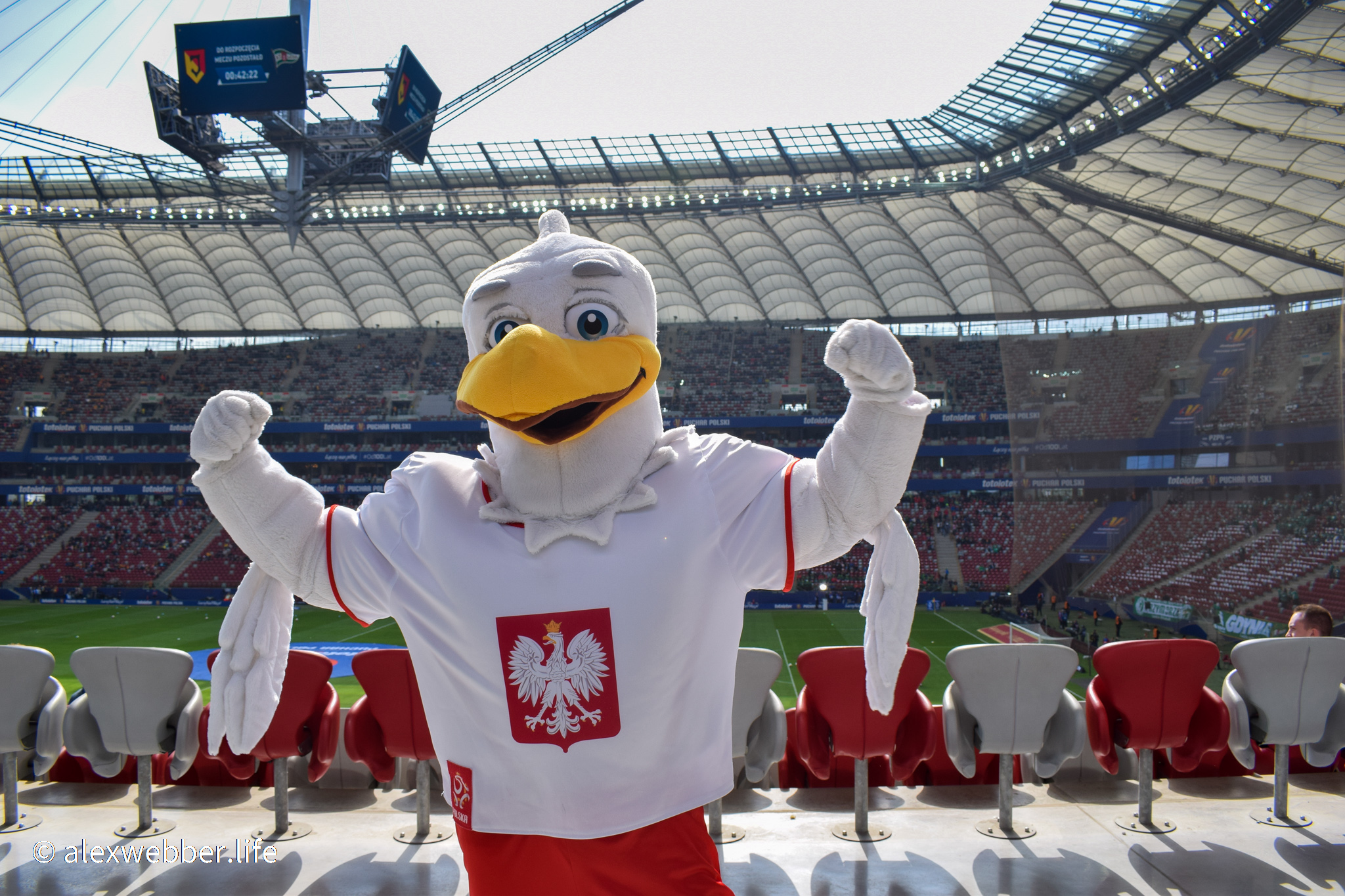
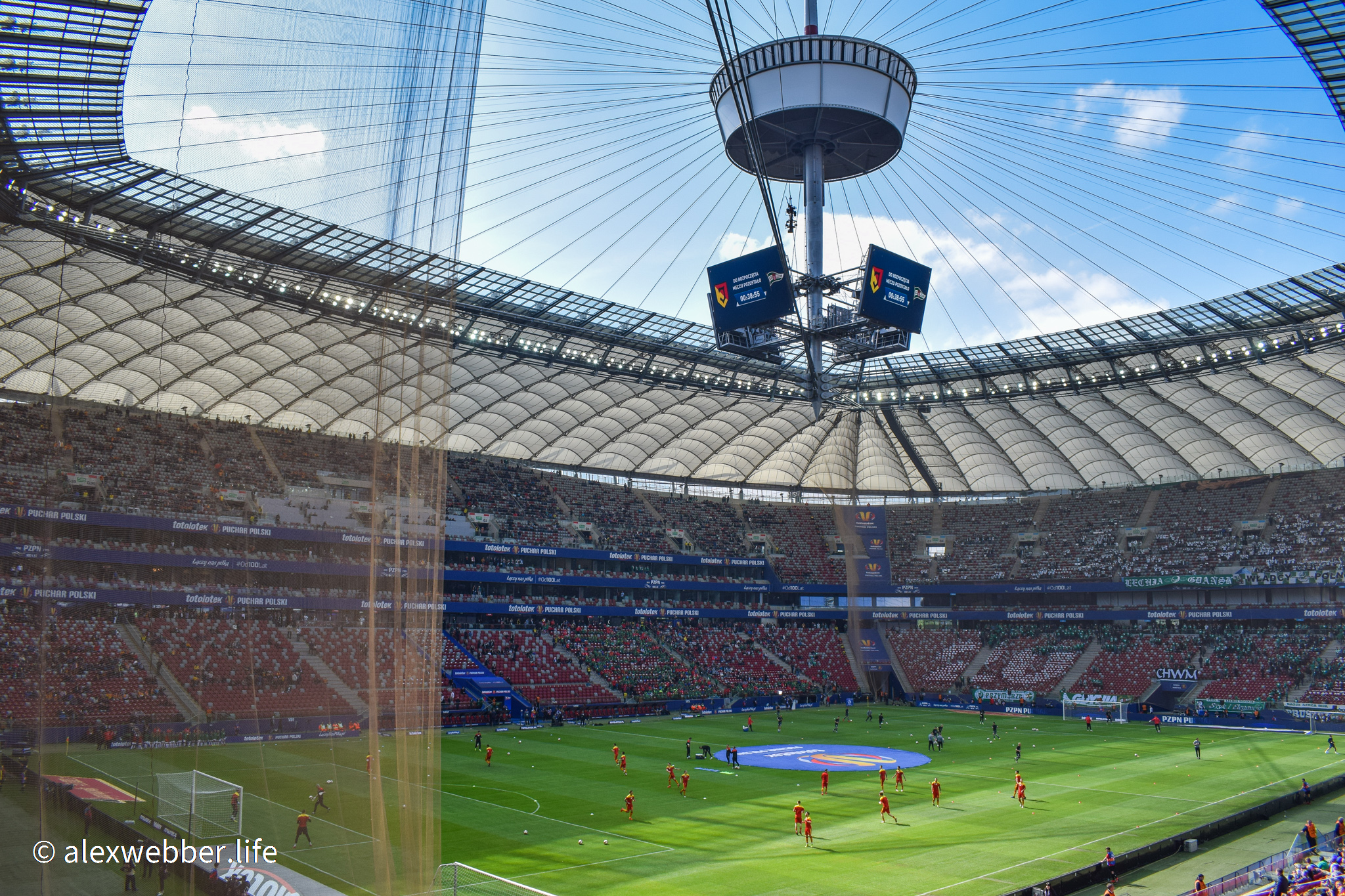




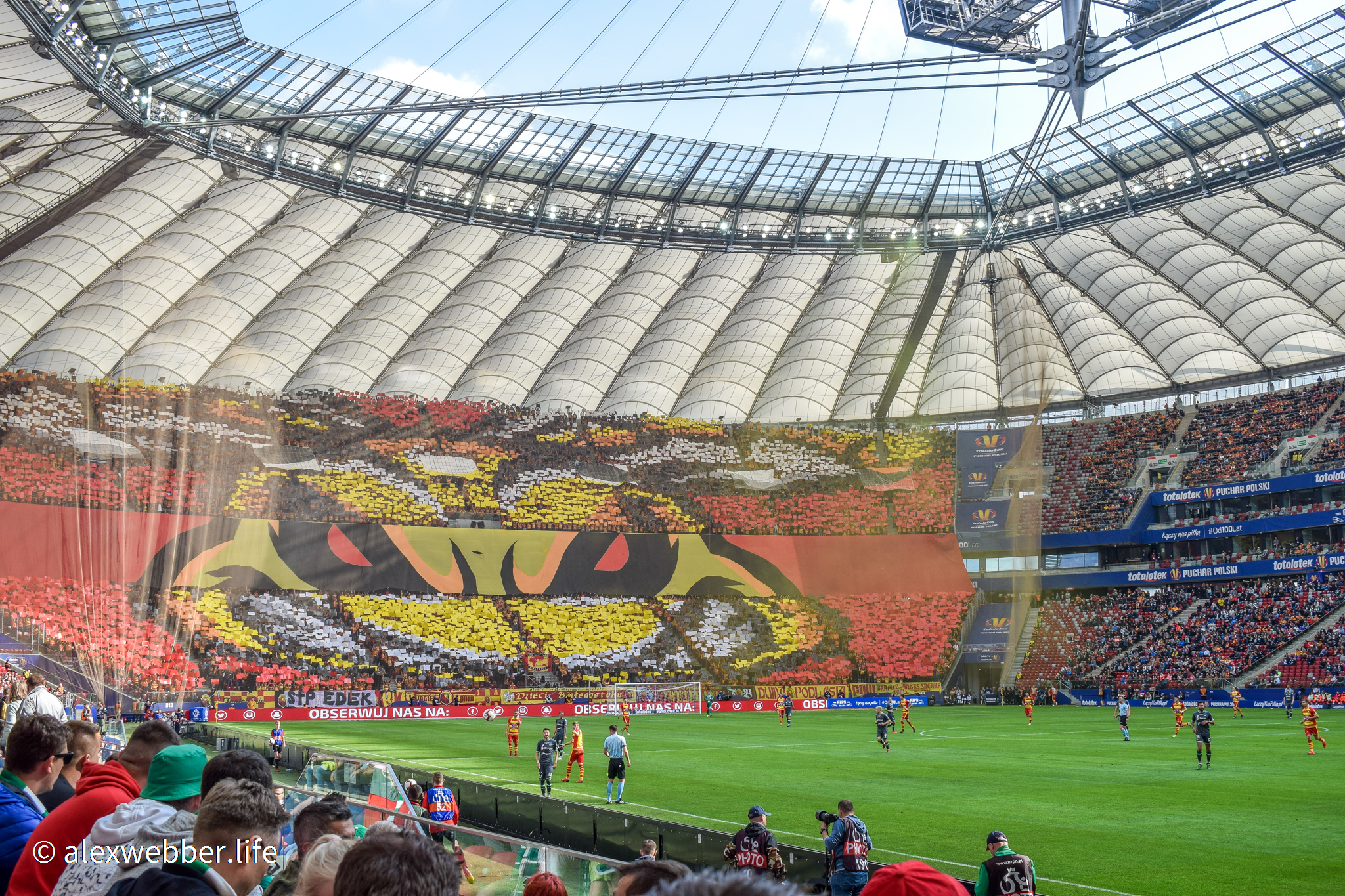


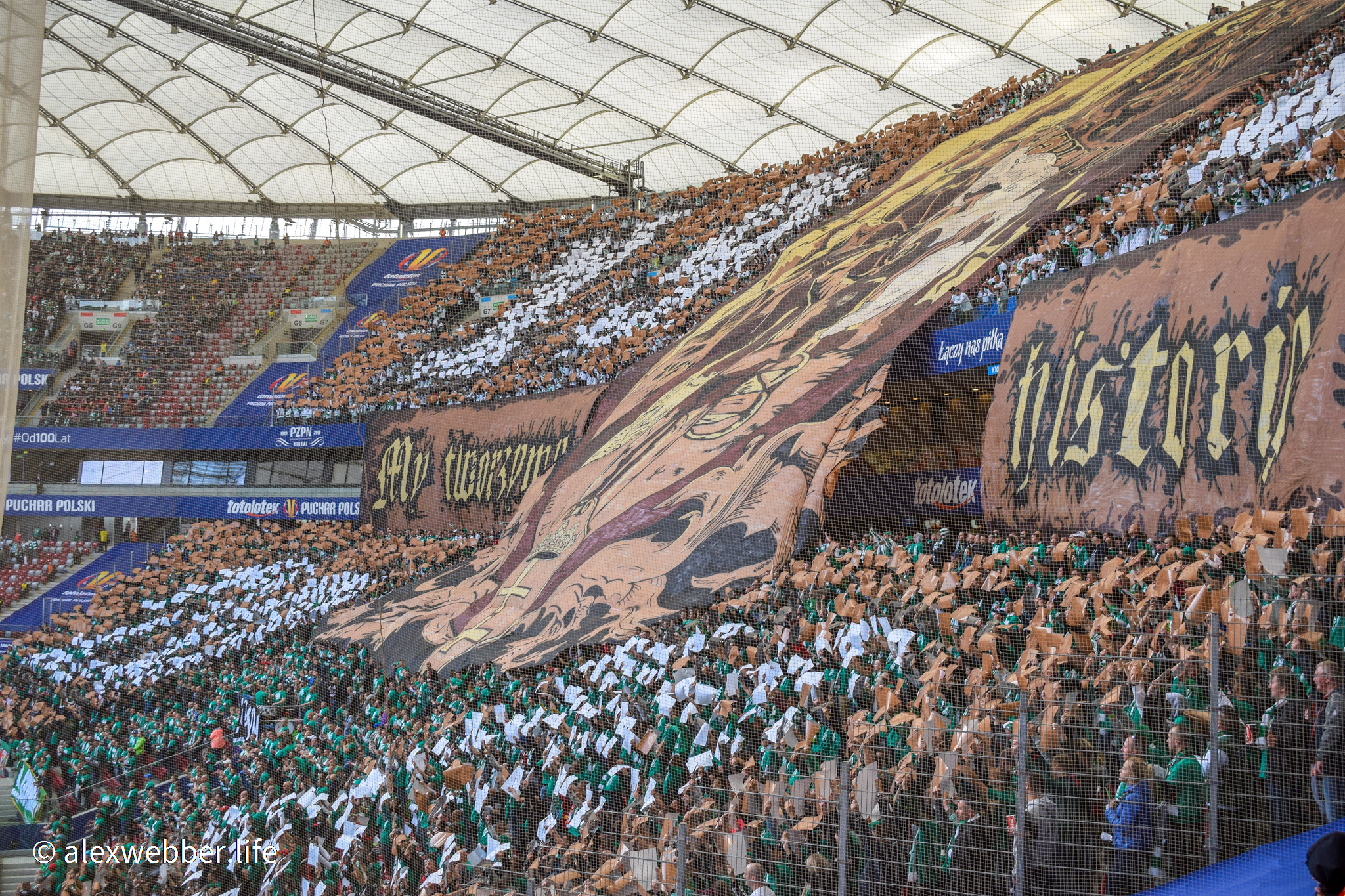
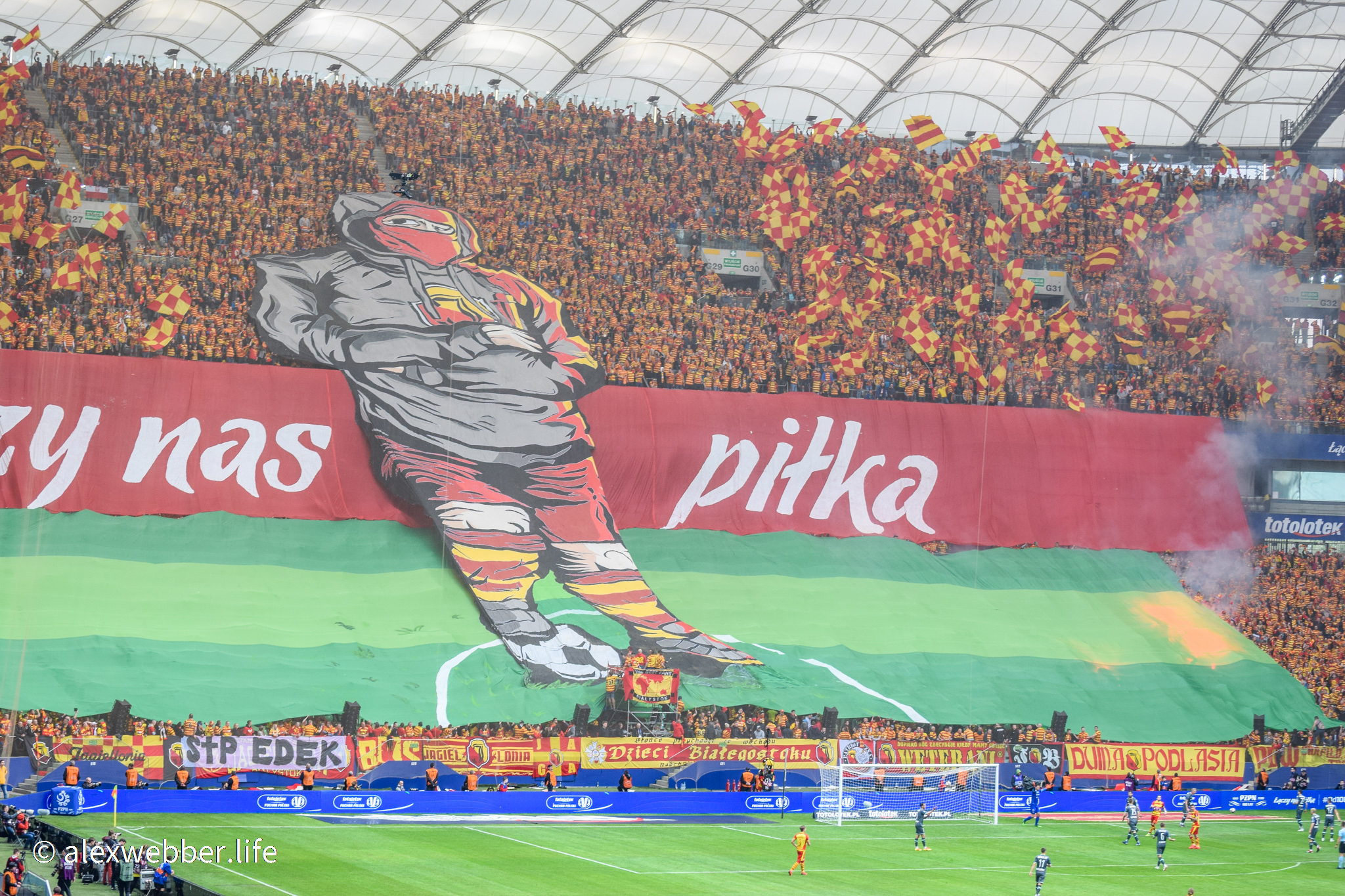
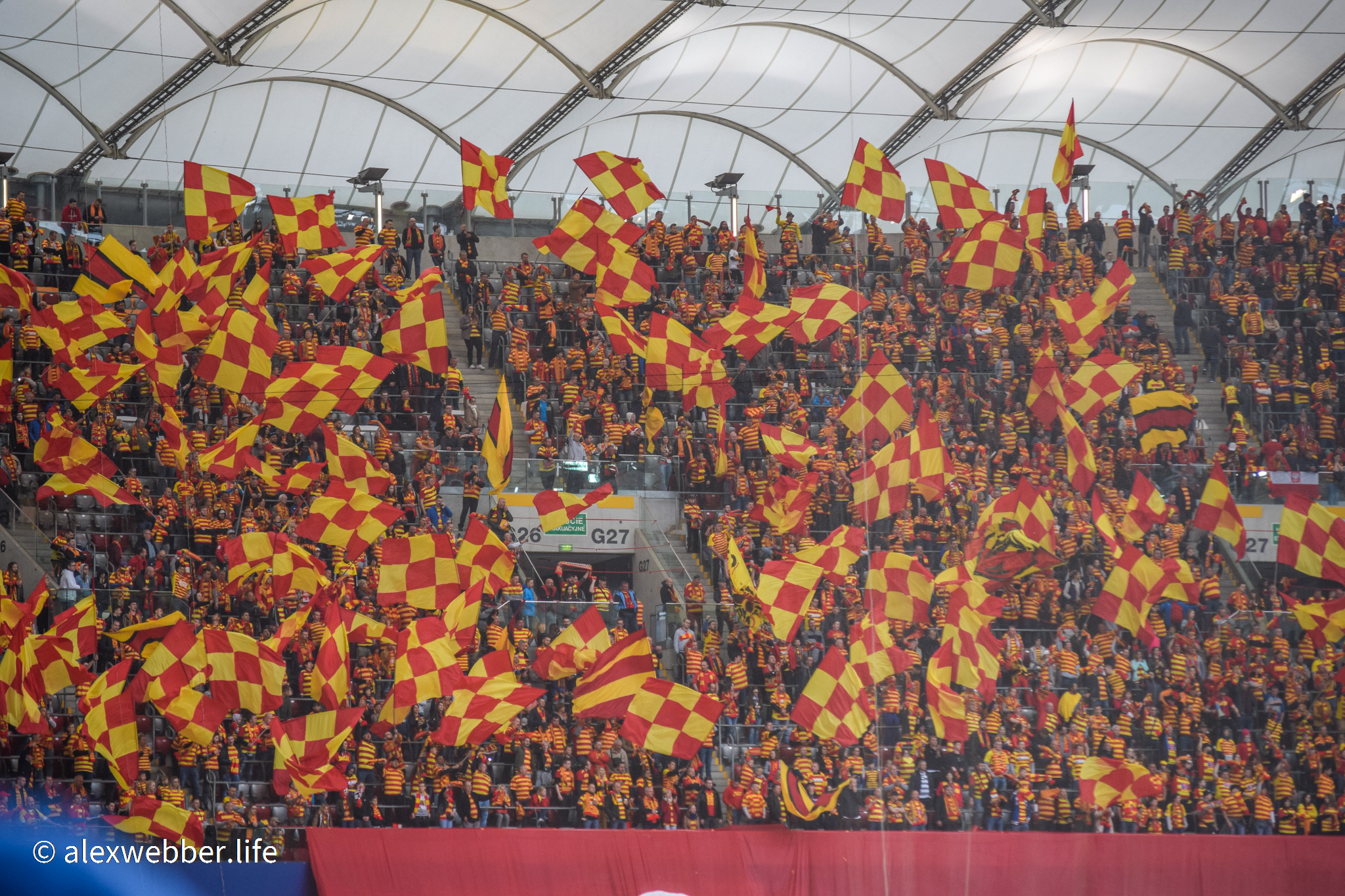
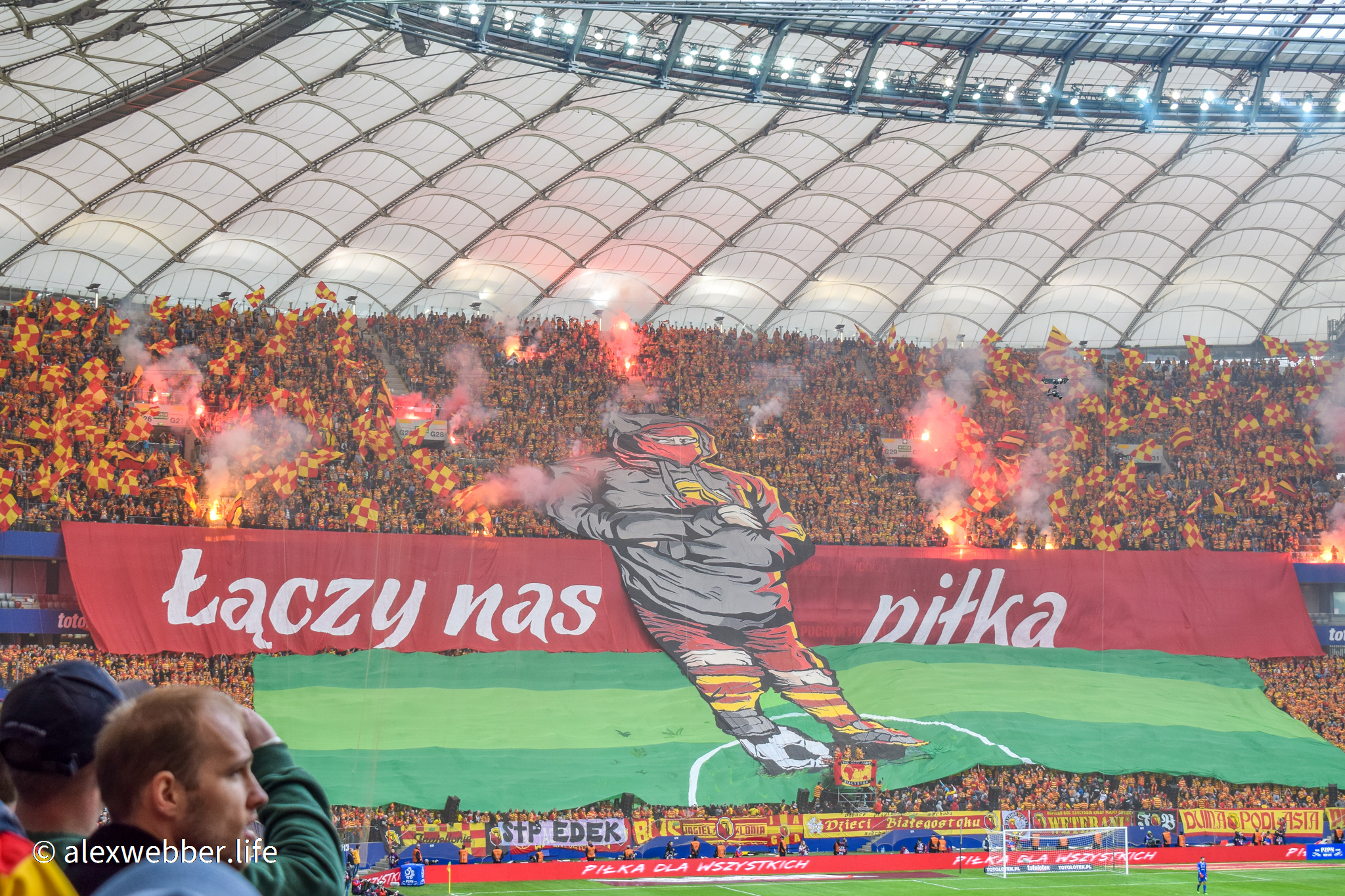
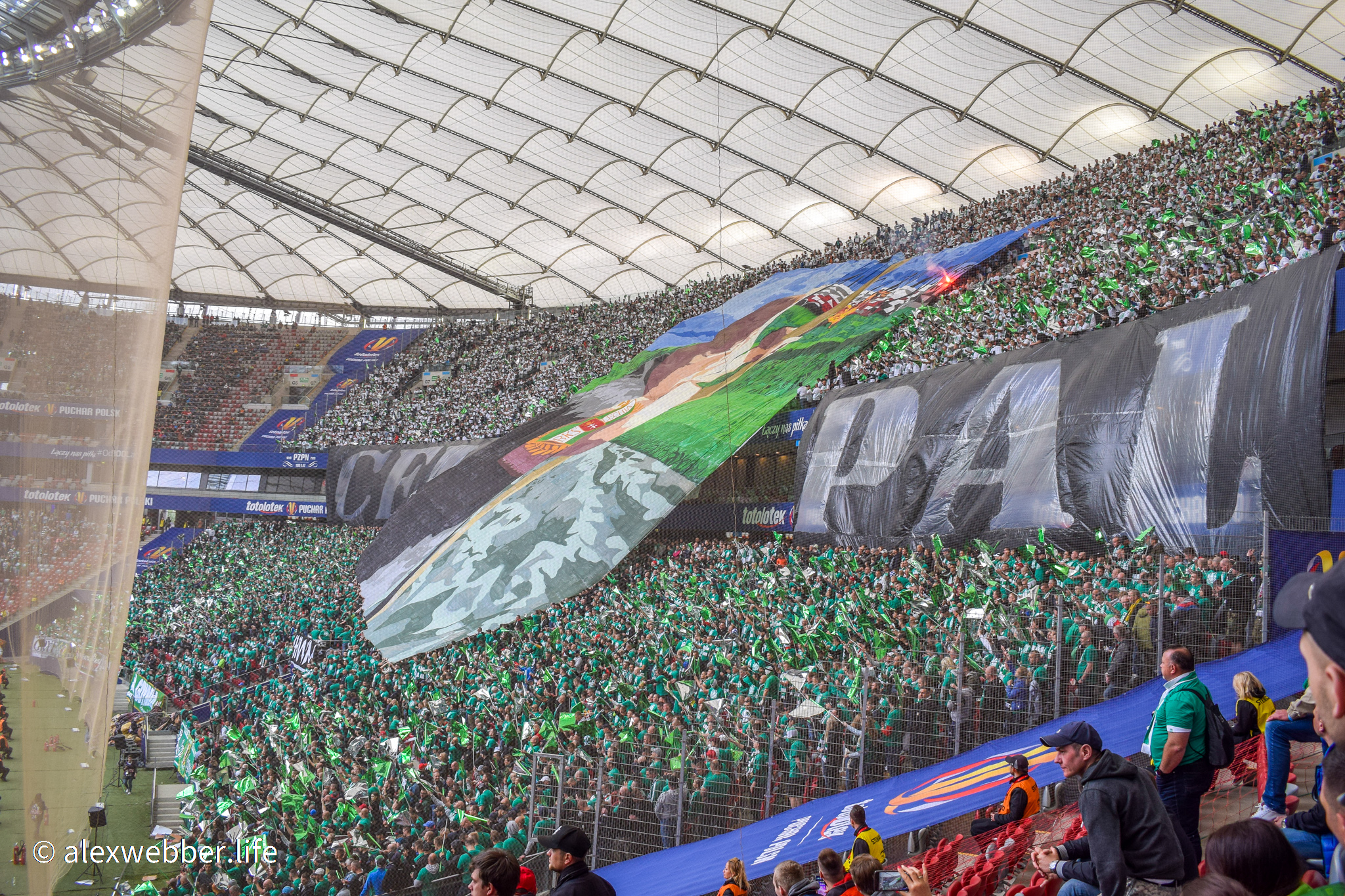

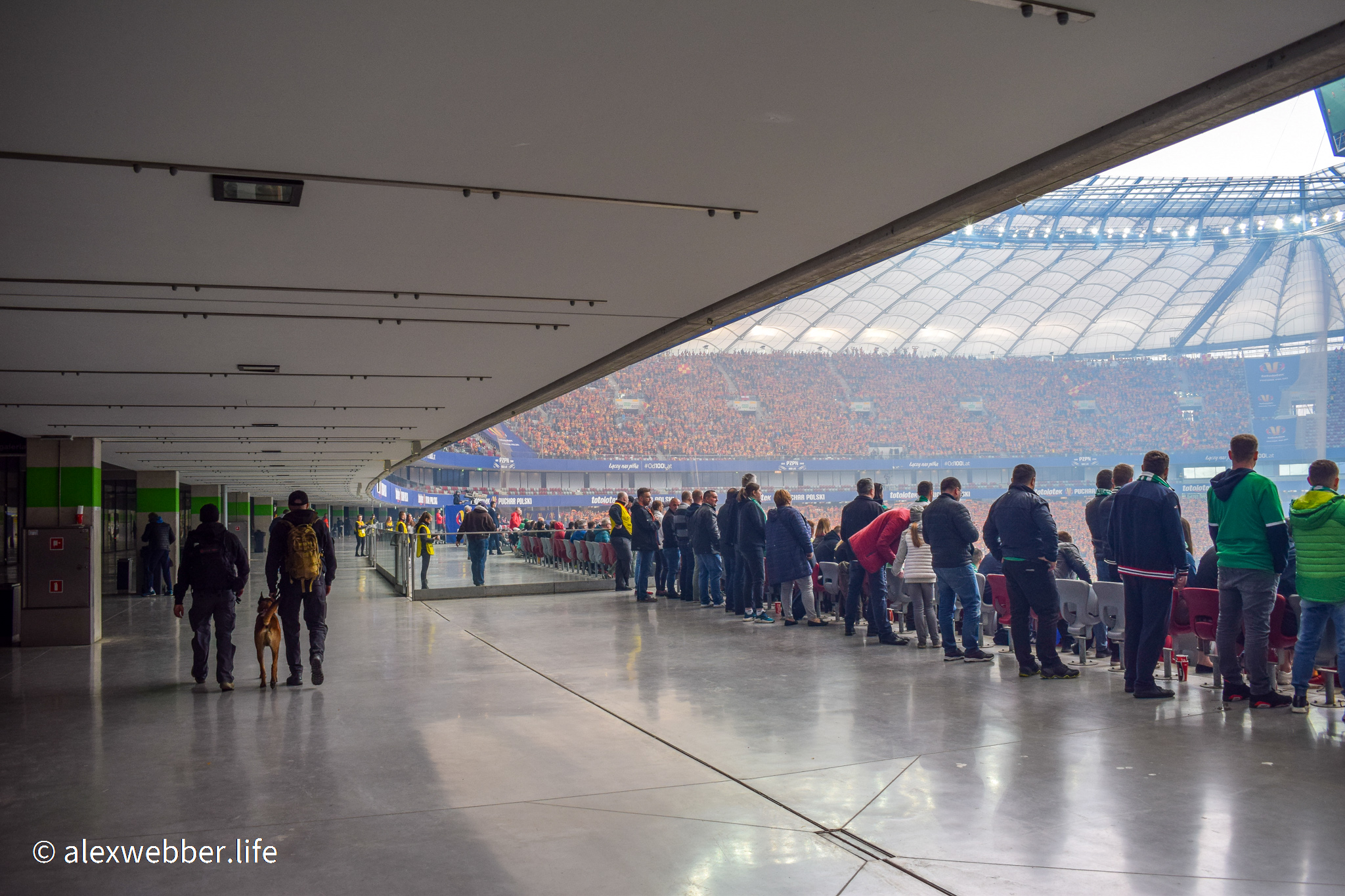
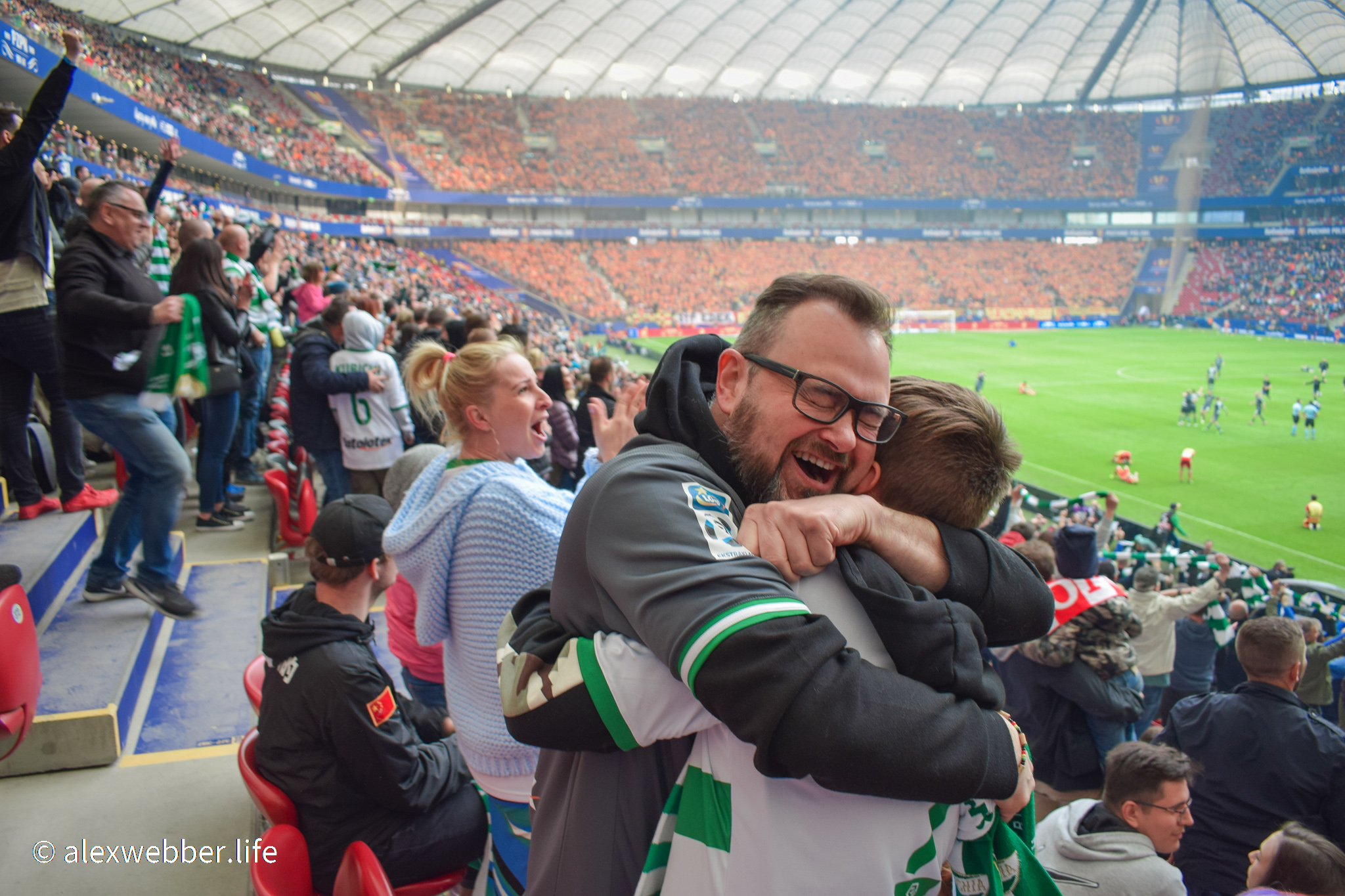
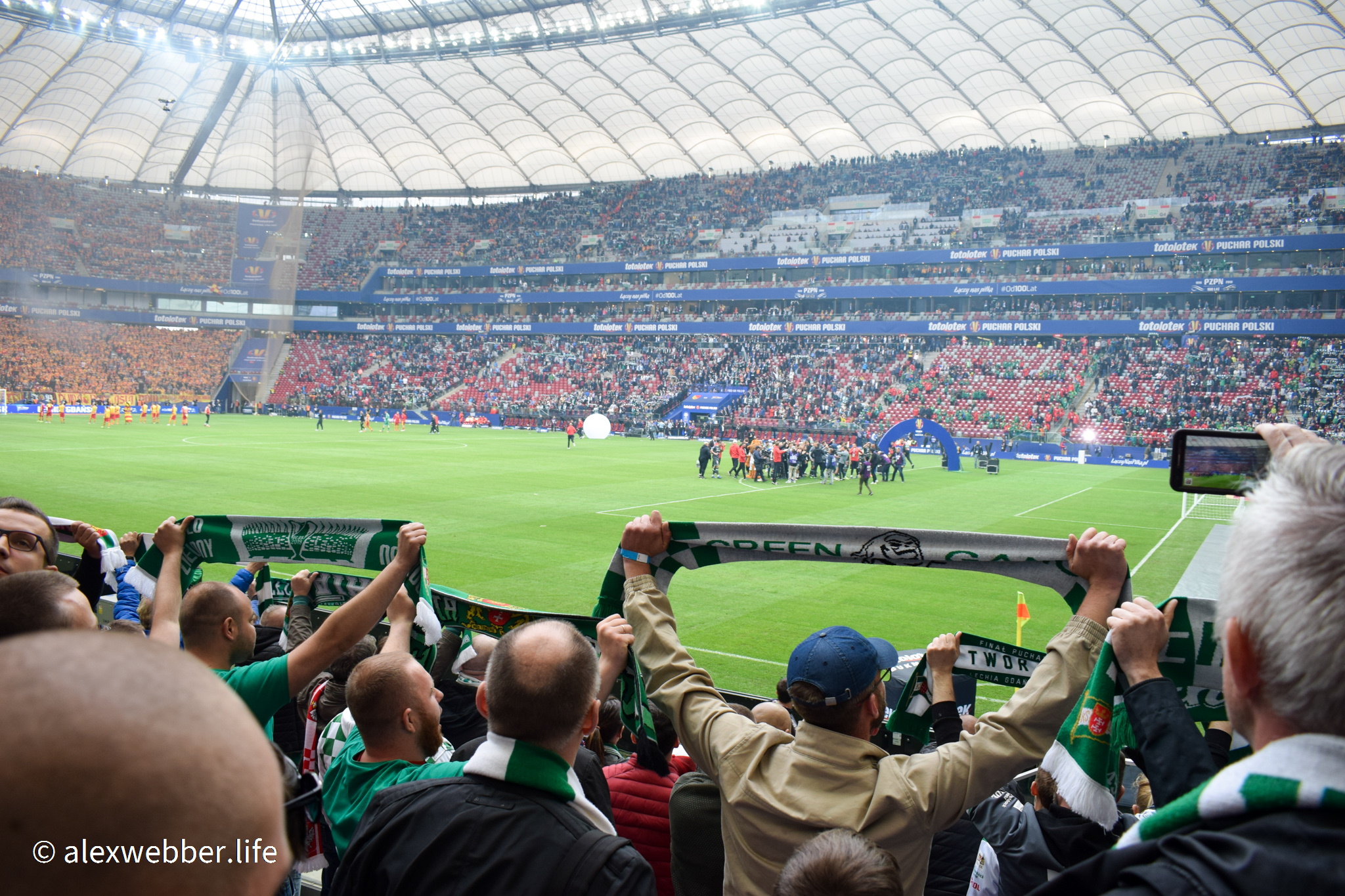
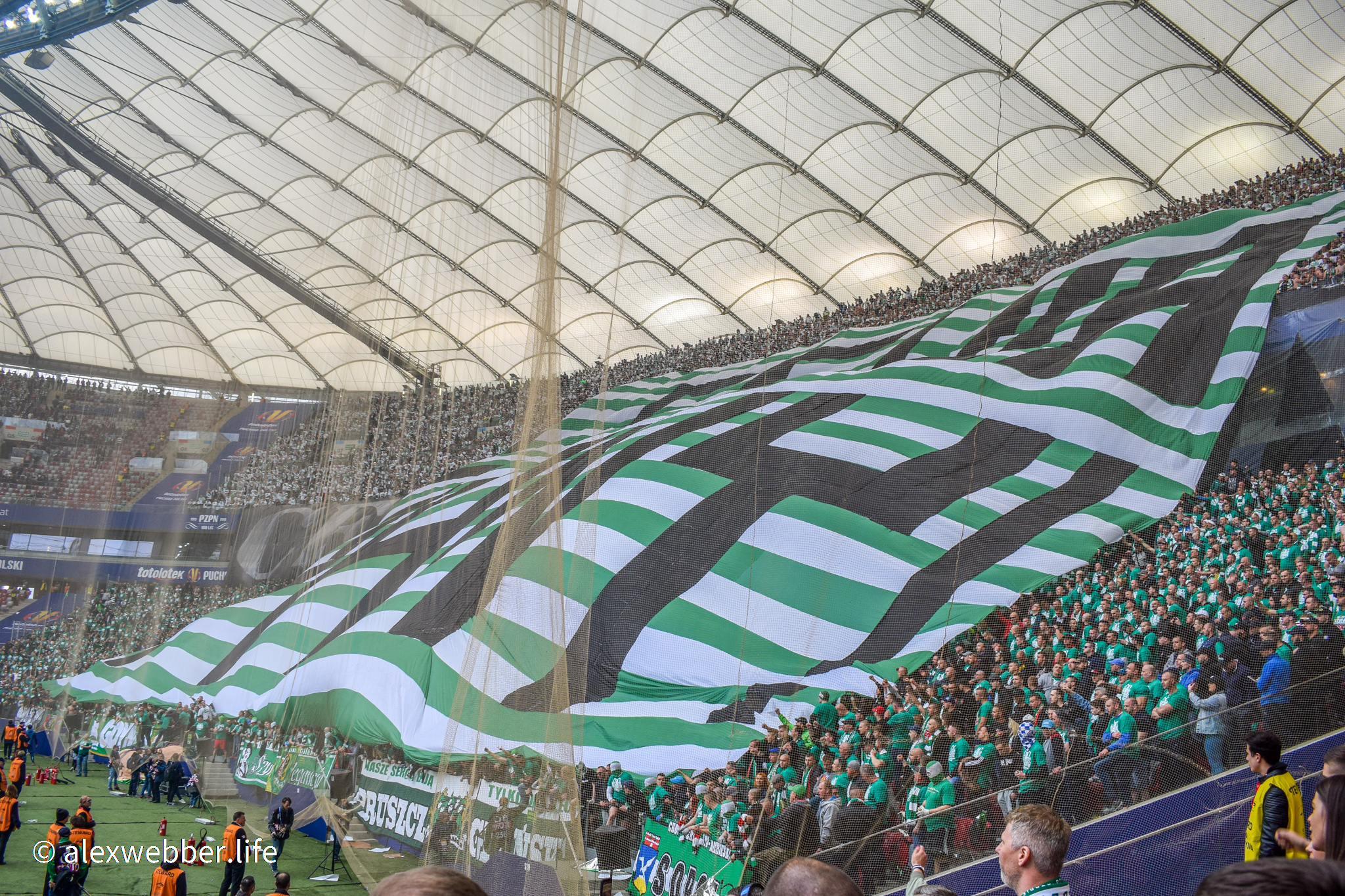



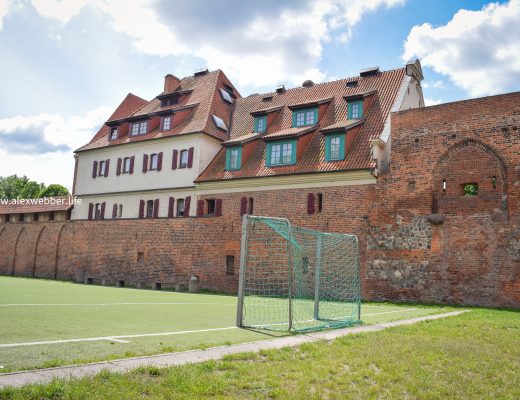


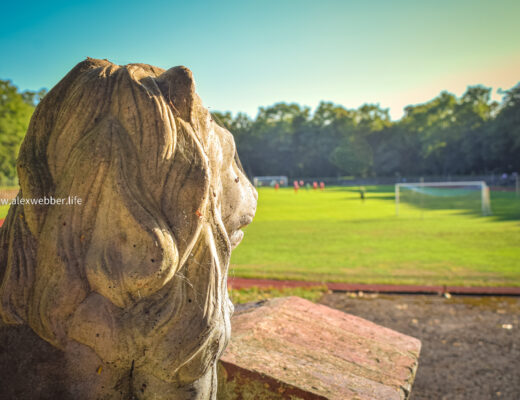
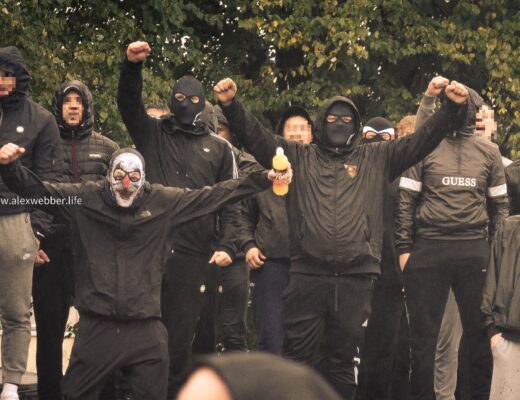

No Comments